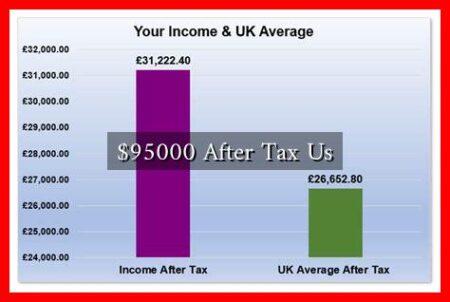-
Table of Contents
Understanding US Tax E-Filing: A Comprehensive Guide
In the digital age, the way we handle taxes has evolved significantly. One of the most notable advancements is the introduction of electronic filing, or e-filing, which has transformed the tax preparation and submission process for millions of Americans. This article delves into the intricacies of US tax e-filing, its benefits, challenges, and the future of tax submissions.
What is E-Filing?
E-filing refers to the process of submitting tax returns electronically to the Internal Revenue Service (IRS) and state tax agencies. This method has gained popularity due to its convenience and efficiency. According to the IRS, over 90% of individual tax returns were filed electronically in 2022, highlighting a significant shift from traditional paper filing.
Benefits of E-Filing
There are numerous advantages to e-filing your taxes, making it an appealing option for many taxpayers:
- Speed: E-filing allows for quicker processing of tax returns.
. The IRS typically processes e-filed returns within 21 days, compared to several weeks for paper returns.
- Accuracy: E-filing software often includes built-in error checks, reducing the likelihood of mistakes that can lead to delays or audits.
- Convenience: Taxpayers can file from the comfort of their homes at any time, eliminating the need for trips to the post office.
- Immediate Confirmation: E-filers receive immediate confirmation from the IRS that their return has been received, providing peace of mind.
- Refund Options: E-filers can choose to receive their refunds via direct deposit, which is faster than receiving a paper check.
Challenges of E-Filing
While e-filing offers many benefits, it is not without its challenges:
- Technical Issues: Glitches in software or internet connectivity can hinder the e-filing process.
- Security Concerns: Cybersecurity threats pose risks to sensitive personal information, making it crucial for taxpayers to use secure platforms.
- Complexity for Some Users: Not all taxpayers are tech-savvy, and some may find the e-filing process daunting.
Choosing the Right E-Filing Software
With numerous e-filing software options available, selecting the right one can be overwhelming. Here are some popular choices:
- TurboTax: Known for its user-friendly interface and comprehensive support, TurboTax is a favorite among many taxpayers.
- H&R Block: Offers both online and in-person assistance, making it a versatile option for various filing needs.
- TaxAct: A budget-friendly option that still provides robust features for e-filing.
When choosing software, consider factors such as cost, ease of use, and the level of customer support provided. Additionally, the IRS offers a list of approved e-filing software providers on their website, which can be a helpful resource.
Case Study: The Impact of E-Filing on Tax Refunds
A study conducted by the National Taxpayer Advocate revealed that taxpayers who e-filed their returns received their refunds an average of 10 days faster than those who filed paper returns. This statistic underscores the efficiency of e-filing, particularly for those who rely on their tax refunds for financial planning.
The Future of E-Filing
As technology continues to advance, the future of e-filing looks promising. Innovations such as artificial intelligence and machine learning are expected to enhance the accuracy and efficiency of tax preparation. Additionally, the IRS is continually working to improve its e-filing systems to accommodate the growing number of electronic submissions.
Conclusion
In conclusion, US tax e-filing has revolutionized the way taxpayers submit their returns, offering numerous benefits such as speed, accuracy, and convenience. While challenges remain, the advantages often outweigh the drawbacks, making e-filing an attractive option for many. As technology continues to evolve, taxpayers can expect even more improvements in the e-filing process, ensuring that it remains a vital component of tax preparation in the years to come.
For more information on e-filing and to access approved software options, visit the IRS e-file page.




